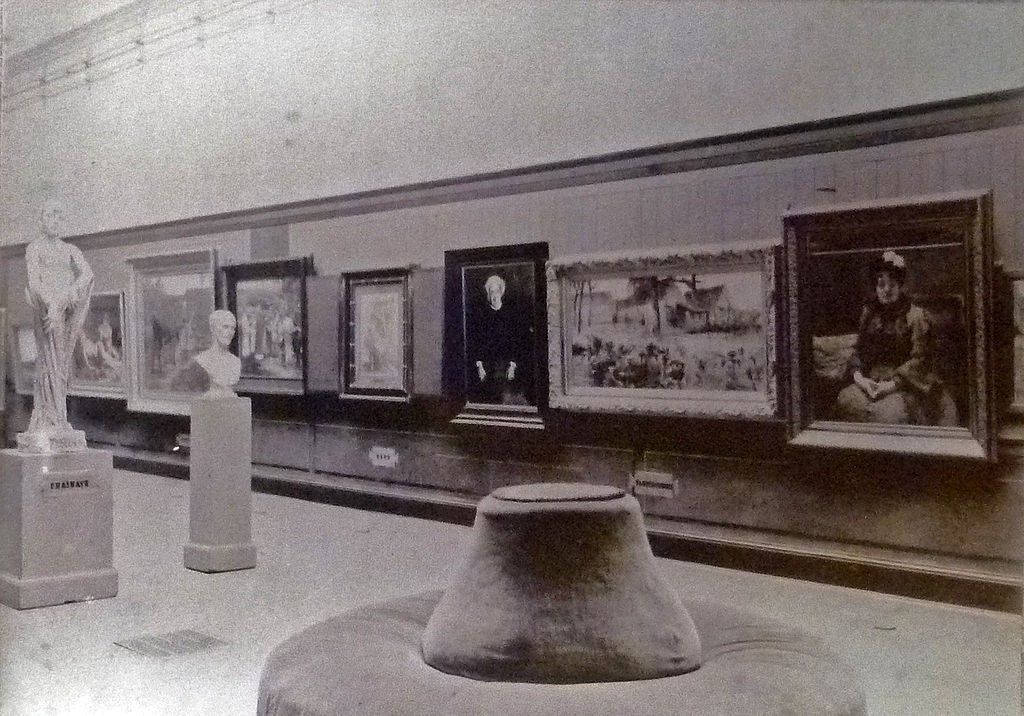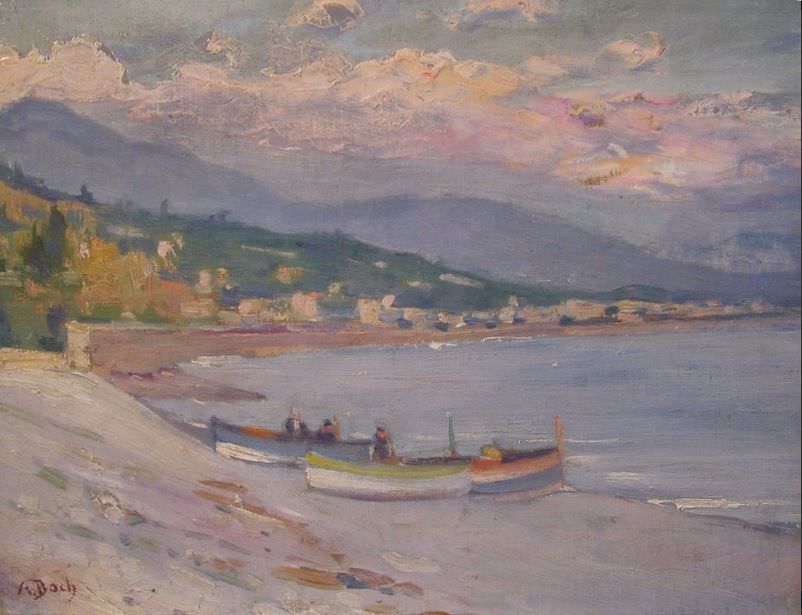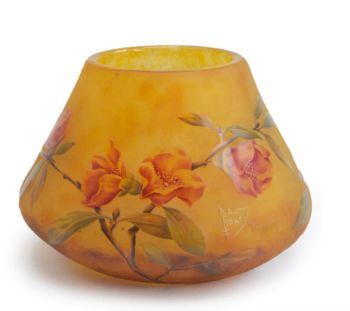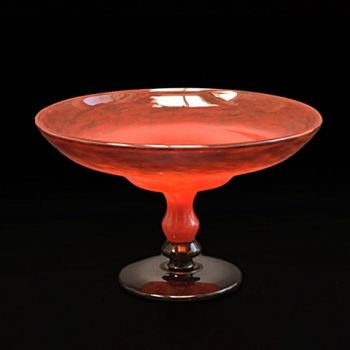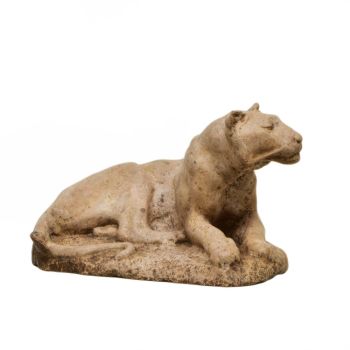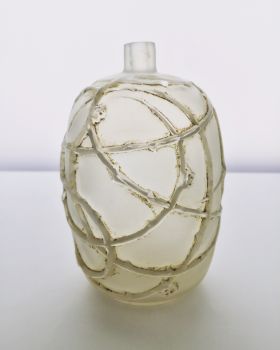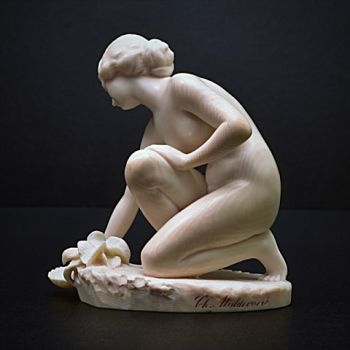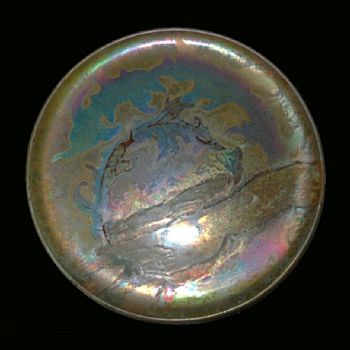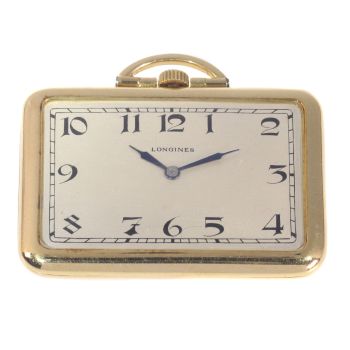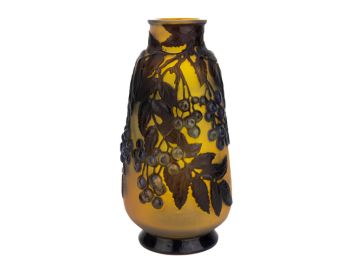Belgian Art Nouveau and "les XX"
As a prelude to the upcoming Brafa Art Fair in Brussels (27 January – 4 February 2018), let's take a quick look back at the flourishing cultural climate of Brussels during the fin-de-siècle, in which Art Nouveau architecture played a pioneering role.
During the late 19th century, the city of Brussels was an important center for cultural innovation, rivaling the French metropolis of Paris. Artists, poets and writers descended onto the Belgian capital from all over the continent to join art societies, appearing in periodicals and taking part in exhibitions.
The most influential of these organizations was the Société des Vingt (Les XX), which was established by the lawyer Octave Maus in 1883.
Fig 1. Expostion of the artist society 'Les XX' in 1884, Brussels.
This circle of young radical artists rebelled against the historical tendencies and the conformist approach of older generations. Les XX originally comprised twenty progressive painters, sculptors and writers, including James Ensor (1860-1949), Fernand Knopff (1858-1921) and Théo van Rysselberghe (1862-1926). The only female member was Anna Boch (1848-1936), sister of painter and poet Eugène Boch. (fig. 2 and 3)
In 1889, the Belgian painter and future Art Nouveau architect Henry van de Velde (1863-1957) joined the group. From this avantgarde society emerged a preference for Neo-Impressionist and Symbolist styles and also the applied arts.
Eventually, the Société des Vingt members, and in particular Henry van de Velde, translated their own Symbolist styles into the designs of Art Nouveau, an international architectural and design movement that flourished between 1890 and 1910.
Fig 2. Anna Boch, Coast of French Brittany
Art Nouveau first emerged from the ideas of William Morris’s Arts and Crafts movement. It is characterized by the use of abstract organic forms and arabesques and was employed most often in the decorative arts and architecture. Art Nouveau artists deliberately attempted to create a new artistic language, free of the historicism that dominated much of 19th century art and design.
At that time Belgium, as a recently formed nation, was also searching for a new face, hence why Art Nouveau was adopted as a national idiom. It became the signature style of the new capital: Brussels.
Henry van de Velde (1863-1957) and his compatriot Victor Horta (1861-1947) are usually considered the originators of Art Nouveau architecture in Belgium, the latter architect is most commonly identified with the spirit of Belgian Art Nouveau.
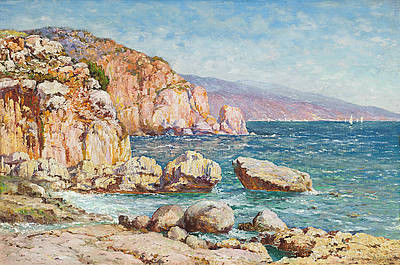
Anna Boch, Falaises Roses dans le Midi
Born in Ghent, Horta studied drawing, textiles and architecture at the city’s Académie des Beaux-Arts, and worked in Paris before returning to Belgium to begin his own practice. His first independent building, the four-storied Hôtel Tassel, located at the Rue Emile Janson in Brussels (1892–1893), was among the first Continental examples of Art Nouveau.
A striking feature is the iron staircase (fig. 4), it consists of pliable wrought iron columns and railings evolving into tendrils on the walls, ceiling and mosaic floor. The supporting function of the columns has been downplayed by making them as slender as possible.
The curved lines, inspired by Japanese print designs, are also visible on the floor and walls, a device that further visually unifies the space. Sunlight is filtered through the glass ceiling, enhancing the organic character of the space. The entire interior has a natural fluidity, a springlike sense of growth and life, contrasting with the conventional dark interiors of those days.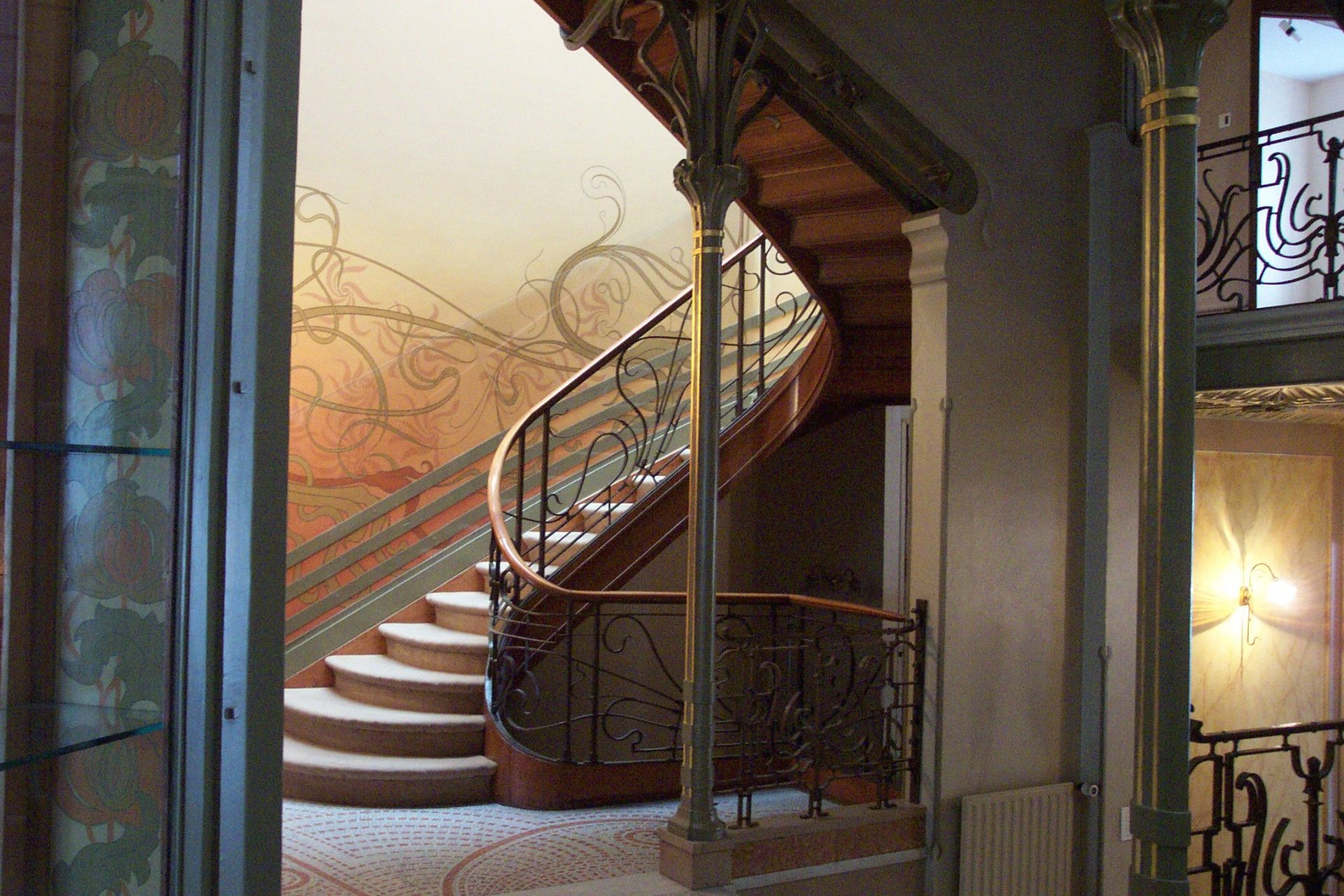
Fig 4. Victor Horta, interior stairwell of Hotel Tassel, Brussels. 1892-1893.
Art Nouveau was a breath of fresh air, it radiated liberty, youth and modernity and was perfectly epitomized by Victor Horta’s famous designs for Hôtel Tassel. In 2000, this Art Nouveau monument was therefore listed as UNESCO World Heritage.
For more artworks about art nouveau have a look at our online collection at Gallerease!


